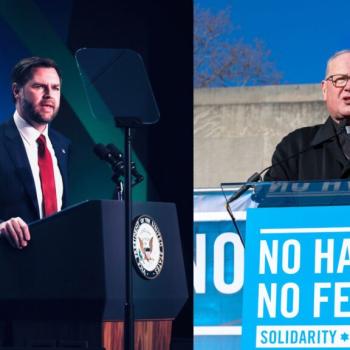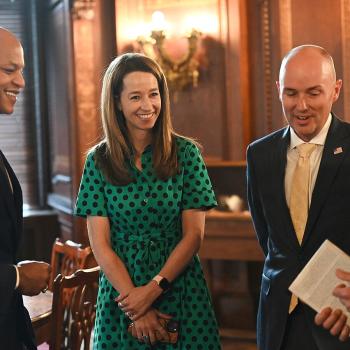
A Feeling of Exclusion
Do you feel society has shifted from coexistence to confrontation as personal or cultural values became laws and regulations? You may have felt attacked or excluded as ideological factions used the legal system or pressure campaigns to force compliance with policies that conflicted with your religious beliefs. Or you watch television programs and movies and don’t see your values represented.
Our History of Co-Existence
For much of our nation’s history, our communities coexisted with mutual respect or benign indifference to differing faith-based values. Religious leaders and investors built

institutions and towns reflecting shared beliefs, such as Waco, Texas, Provo, Utah, and Lynchburg, Virginia. Meanwhile, secular centers like San Francisco and Boston thrived. Local media–print, television, and radio–reflected community norms, creating a sense of belonging.
Protecting Faith Strengthens Everyone’s Liberty
Throughout your life, you’ve likely seen how protecting faith-based institutions’ autonomy strengthens everyone’s liberty. However, you may also feel that balance has shifted, as some states, like California, are perceived as ‘exporting’ their standards to create national norms. You’ve watched policy advocates turn into television talking heads and former Presidential spokespeople become news anchors as traditional and social media took sides. Perhaps you’ve experienced the fallout firsthand, as communities—and even families—splintered, each side claiming to defend fundamental rights.
Locally, You Can Make a Difference
During the 2024 election cycle, unexpected alliances arose as voters declared, “Enough is enough.” You may not influence national media, but you can call on religious, local, and regional outlets. Encourage them to lead change by representing faith fairly and hosting conversations. Together, highlight success in your community and find a path forward.
- Create Forums for Frank, Respectful Dialogue: Encourage media partners to work with you to co-host local discussions where leaders can respectfully agree to disagree while identifying shared objectives.
- Address Hard Topics: Bring together people traditionally at odds with one another to address divisive conversations mindfully.
- Agree on the Problem and Focus Your Collective Energy: Outline potential causes for the problem you wish to solve and ways you can solve it. Commit to finding and prioritizing the 60% where everyone agrees while setting aside the remaining 40% for areas of disagreement.
- Use Simple Consensus Building Tools: Hand out 5 red sticky dots to each participant. They can place all 5 on a single solution or spread them across several options. It is a simple process, but it pushes everyone to rank and rate solutions thoughtfully.
- Identify a Timeline for Implementation: Outline approaches to solving the problem that community leaders can accept and put aside other suggested solutions (the 40% where you agree to disagree). By doing so, you prioritize approaches you can embrace without compromising your principles.
You and your community can inspire others. Highlight your collaborative efforts through news stories, special reports, school events, and community showcases that celebrate people working towards shared goals in the community.
You may speak differently than the person next door and prefer different political approaches, but you can still find common ground. Through collaboration and mutual respect, each of you wins.














